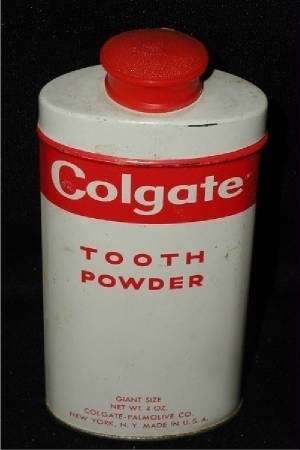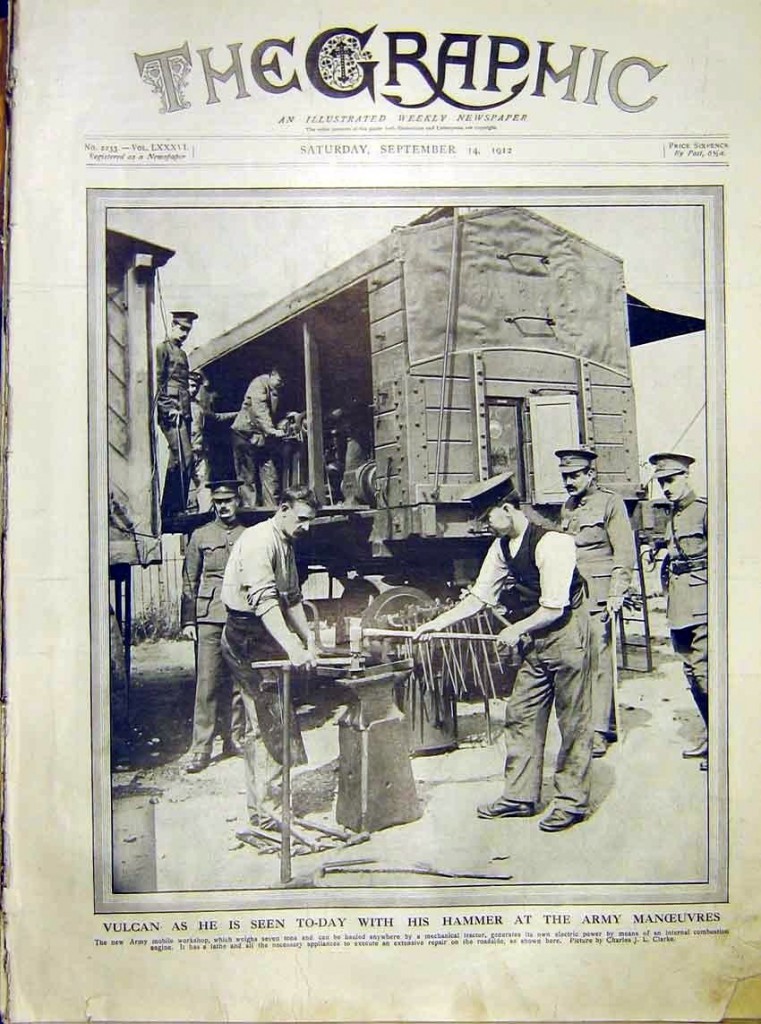From Lce Cpl Crawshaw, E Coy, 1st Bn Dorsets, Blackdown
24-9-12
Dear Mable
I received your letter this afternoon, and am glad you have wrote to me at last, I think you had better give those Johnnies of yours the sack once a week so that you can write to your little brother. I expect you are glad to get rid of Doris in one way I expect you miss her all the same, and what about those photo’s surely you can let me have one for what with you promising me one and May also, I think it is only right that I should have one, so dont forget it the next time you write, I think I deserve one. Well Till it is like this we are getting six weeks leave in five weeks time and I thought it best to wait till then, for it wont be very long so hope you won’t be dissappointed Dear, so tell mother I shall be home with her for six weeks soon. We have just come back from Cambridge and am not sorry either Seeing that you want a dozen handkerchiefs I should be satisfied with a bottle of Colegates and also a tooth brush peach so hope you will send it along of the Photo dear surely you can let your peach have that, now be a good Girl and send it for I might send you something in return love.
That all hoping all are well at home and give my love to mother and tell her I shall be home soon, did you get the Pcard which I sent you that all this time and another time dont keep me waiting so long and I should like to know the Johnnie you go with I would tell him something stopping you form writing to your late sweetheart the idear I never heard of any such thing in my life (Wartie(?) What do you think of that nagging its just like Nrs 60 Where is Muff dont forget to write back soo there a dear and dont the Colgates and photo
Frank
A bear with a sore head
I need to update on last week. Frank’s sister Mable was commonly known as Tilly. Was this was due to her second name being Ethel, as Geoff suggested to me in an email this week?
Many family members from this time seem to use their second names as their first names, or worse, have entirely made-up ones. It makes researching the family quite tricky. For example, I am having trouble finding out more about Frank Crawshaw senior because that Frank isn’t his official first name.
This week the letter carries on the plea for the infamous photographs. Biddy is quite desperate to get hold of them. Despite his jovial tone, it’s easy to detect the mild irritation that he hasn’t had a letter from his sister for a while.
Biddy’s nagging tone is compared to “just like Nrs 60”. Allow me to take a bit of a leap of faith, and assume that Biddy is referring to the road they grew up in: Bellefields Road in Brixton. I looked up the 1901 Census records for 60 Bellefields Road and found a Police Constable and his family living there: Arthur Christmas and his Irish wife Phoebe. I wonder if she is the nag Biddy makes reference to? The name Arthur Christmas conjures up, for me at least, an image of a meek, put-upon husband and his shrew-like wife, infamous with all the neighbours for her legendary nagging.
Interestingly the Christmas surname returns at the end of Frank’s story but we shall come to that in good time.
I had a look at the Census Summary for 1911 (the full 1911 Census will be released to the public next year) and I found that both properties have been split into flats in the period 1901-1911. Last week I referred to the growing working class population of Brixton, as leases began to run out on properties built in the 1860s. Here is proof in the pudding as it were.
Added to his list of demands is the request for a toothbrush and some Colgate tooth powder.
The ubiquitous squeezable tube of toothpaste was a relative newcomer to British households in 1912. Much more common was toothpowder, still available today, which you mixed with water prior to brushing.
The ribbon tube was invented, inspired by artists’ paint tubes, by Dr Washington Sheffield to house his Creme Dentifrice in 1896. Colgate and Company mimicked this design in 1908.
If you ever wanted to know how stripes appear in toothpaste then I urge you to read the Wikipedia entry for toothpaste. I did, and I have, so there you go.
Cam Pain
Biddy had just returned from Cambridge and it sounds like he hadn’t had a very good time. Doing a little digging we can assume that he had been taking part in the Army Manoeuvres of September 1912.
This was the largest exercise the British Army engaged in prior to the First World War. Nearly 50,000 soldiers were involved, with eminent observers invited from all over the world, including France’s General Foch.
The exercise took place to the south of Cambridge and was contested between the Redlands Army, under control of Douglas Haig, and the Bluelands Army, led by Sir James Grierson.
These exercises were generally pre-agreed and were designed primarily to test the ability of officers in the field. It must have been a very footsore and bored Frank who returned to his billets in Aldershot.
Although the official result was a draw, it seems that Haig’s Redlands army, although they had far more experience on their side, lost the battle. Grierson hid a division of his troops in trees and ditches overnight and subsequently outflanked Haig’s invaders.
Image shown from the 1914-1919 Forum
Air support, in the guise of dirigibles Gamma and Beta and several planes, was used to spot the enemy and Bluelands used it to conceal their troop movements to more success. Funnily enough, the victor Grierson was reported to have remarked that the aerial observation completely spoiled such exercises!
Image from Amazon old poster service
Sadly, Grierson, a fluent German speaker and expert on the German Army, never got the chance to prove his value to the British Expeditionary Force. On 17th August 1914 he died of a heart attack while travelling by train to the front. His replacement was Sir Horace Smith-Dorrien, of whom we’ll hear more later on.
The Aldershot infantry regiments, which is where the Dorsetshire Regiment was based at that time, were part of the Redlands Army so my suspicion is that there are some sour grapes in Biddy’s terse summary of his visit to the Fenlands.
The exercise sounds like a farcical few days. The Canadian Minister allegedly had a fist fight with the South African Minister, the terrifying Jan Smuts, over whose country’s troops were better fighters. J.E.B. Seely, the then-secretary of State for War, was humiliated by his horse which bit and badly bruised King George V’s foot. You can read more about the Army Manoeuvres of 1912 on Wikipedia.
The New York Times reported the manoeuvres as preparation for “the repulse of a conjectural German invasion”.
Two years later the British Army was to meet that threat head on, but in a different country.
Next week
We jump over a year in the future to Christmas 1913. I’ll be looking at Biddy’s new home.

